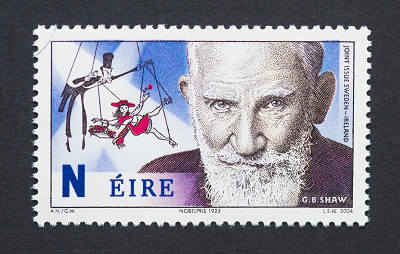The third summit you're referring to is likely the South Asian Association for Regional Cooperation (SAARC) Summit, held in Kathmandu, Nepal, from 02 November 1987 to 04 November 1987. SAARC is an organization of South Asian nations established to promote regional cooperation and development.
During this summit, leaders from the member countries of SAARC—Bangladesh, Bhutan, India, Maldives, Nepal, Pakistan, and Sri Lanka—gathered to discuss various issues of mutual interest, including economic cooperation, regional security, and cultural exchanges.
The Kathmandu Summit of 1987 marked an important milestone in the history of SAARC, as it provided an opportunity for member states to strengthen ties and work towards common goals for the socio-economic development of the region.









